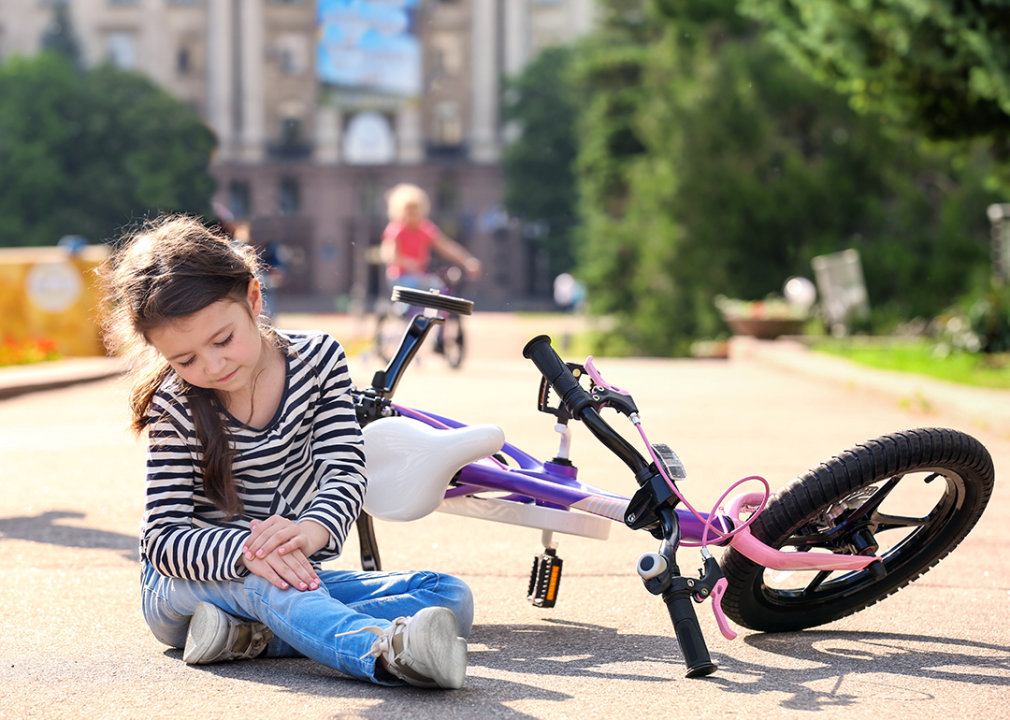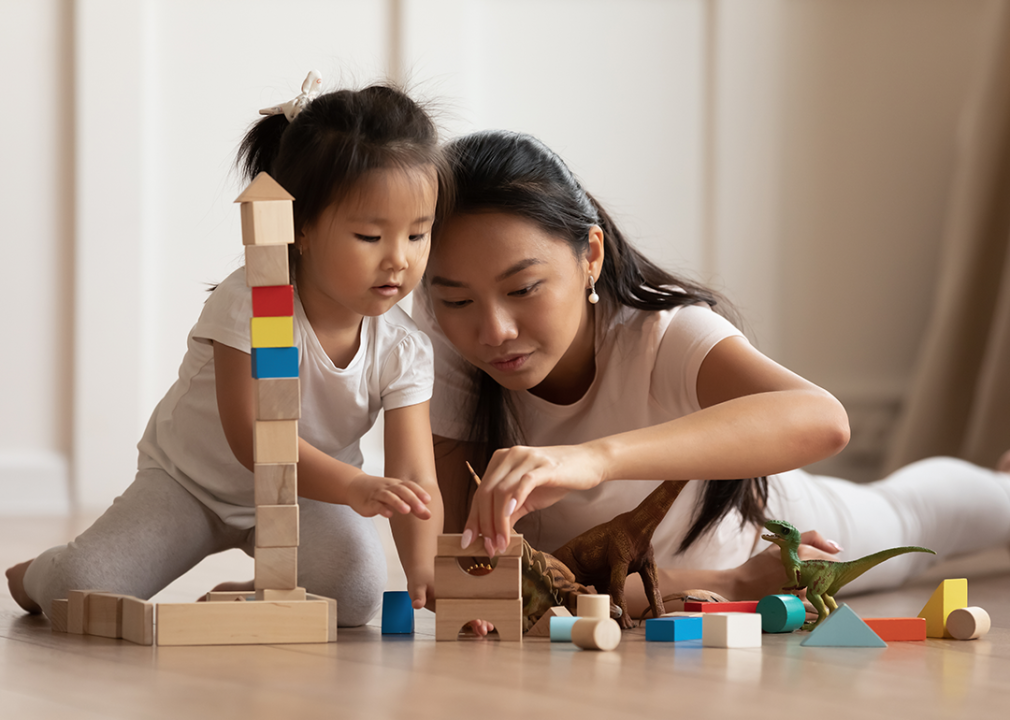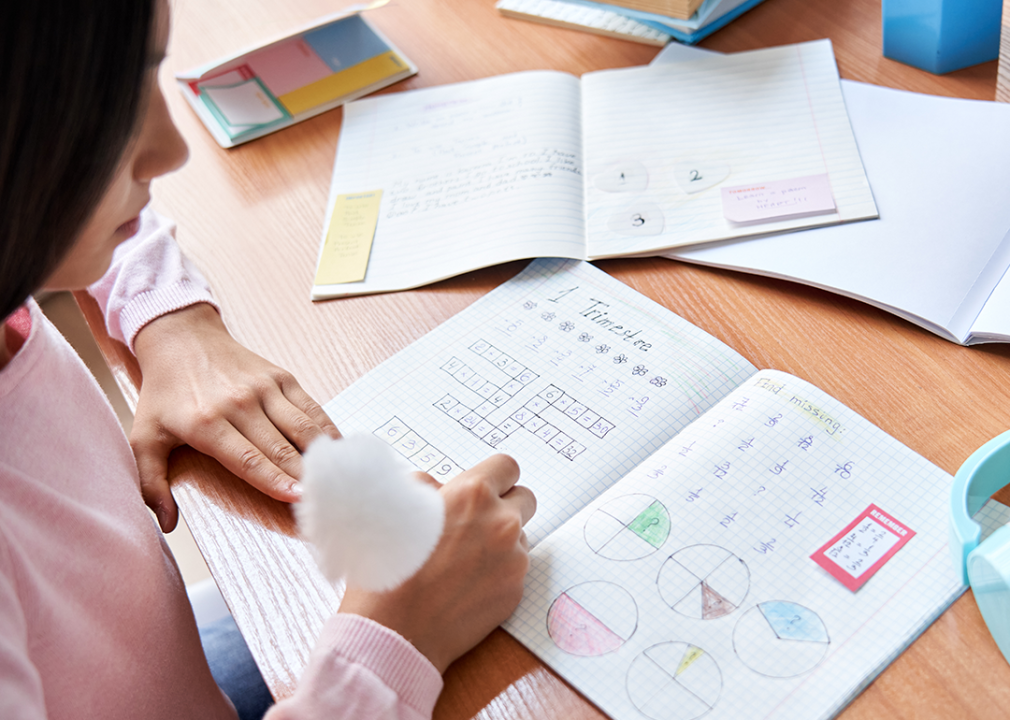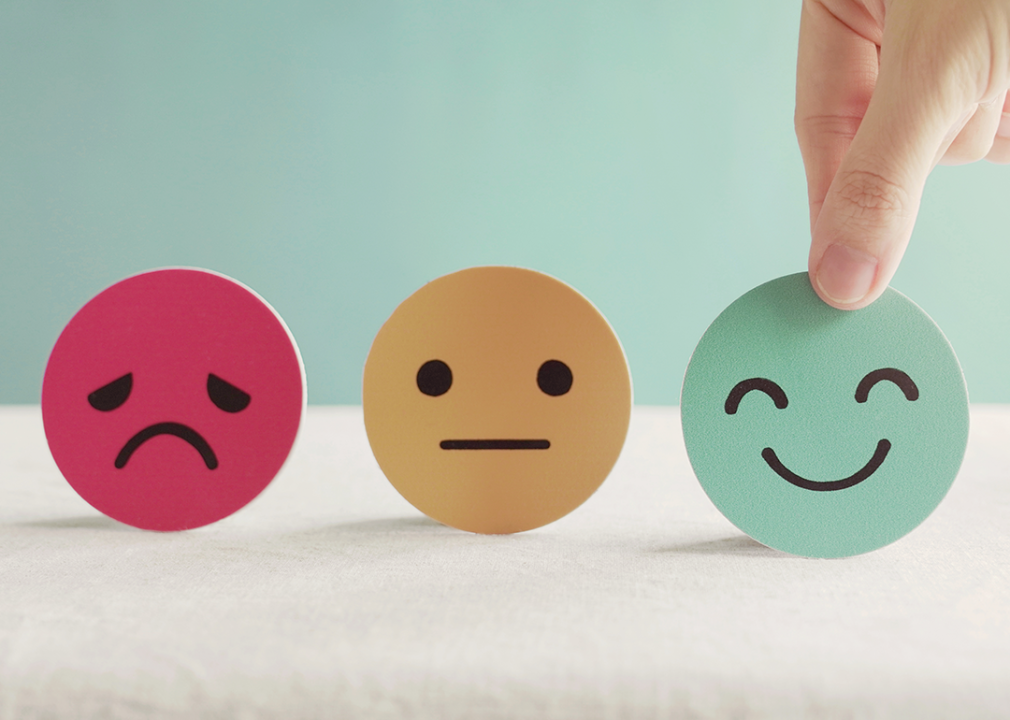9 indicators of positive mental health in children

Inside Creative House // Shutterstock
9 indicators of positive mental health in children
Father with daughter on shoulders walking at beach.
The top concern facing parents today isn’t their child’s safety. It isn’t the worry that they’ll become addicted to drugs or alcohol, and it isn’t teenage pregnancy. The biggest worry of American parents today is that their children will experience anxiety or depression, according to a Pew Research Center survey conducted in late 2022.
The concern about mental well-being in children is extremely or very worrisome for 2 in 5 parents with kids younger than 18 and comes against a backdrop of a mounting mental health crisis for children.
One in 6 children aged 2-8 are diagnosed with a treatable mental health disorder, according to the Centers for Disease Control and Prevention. Seven in 10 diagnosed children and adolescents received treatment in 2019. The most commonly diagnosed mental health disorders—or developmental disorders addressed by mental health professionals—in kids are behavior disorders, ADHD, anxiety, and depression.
Parents and other adults concerned about a child’s mental health should observe changes and note signs and symptoms to share with a health care provider, the Mayo Clinic advises. Northwell Health partnered with Stacker to identify some signs of positive mental health in children by analyzing research and findings from the CDC, various studies, and leading health clinics.
Health care professionals are trained to make actual diagnoses, but parents can watch for and flag certain behaviors. Parents can also note signs of good mental health in children. The ability to show affection, express positivity, and show resilience during hardship are some of the most commonly observed signs of positive mental health development in children, according to the CDC. Health officials even track these characterizations based on surveys of parents around the nation each year.
But there are other signs to watch for in kids as they develop and navigate an often imperfect world. Recognizing these behaviors can help equip parents to foster safe, predictable home environments and mentally healthy lifestyles for children as they grow.
Keep reading to discover some common indicators of positive mental health in children.
Editor’s note: If you or someone you know are experiencing a mental health crisis or thoughts of suicide, call the Suicide and Crisis Lifeline at 9-8-8 for professional help.
![]()

fizkes // Shutterstock
Displays of affection
Two siblings hug each other.
Showing affection to peers, siblings, and parents is something most children ages 3-5 can do always or most of the time, according to parents surveyed by the CDC.
Not all children will naturally be as affectionate as a parent might expect. Therapists say one way to foster affection in young children is to set an example by regularly reminding them that you love them.

Africa Studio // Shutterstock
Resilience in the face of adversity
Girl holding knee after falling off her bicycle.
Resilience in children is a significant indicator of healthy, positive mental health development.
Most children without “ongoing emotional, behavioral or developmental problems for which treatment or counseling is needed” are usually able to stay calm in challenging situations, according to the Health Resources and Services Administration, Maternal and Child Health Bureau. The organization’s 2022 National Survey of Children’s Health reported that 1 in 3 children are diagnosed with particular mental health care needs. Children who haven’t developed resiliency against adversity might have frequent temper tantrums, cry often, or show a loss of control.

Evgeny Atamanenko // Shutterstock
A demonstrated curiosity about the world
Child holding rainbow umbrella jumping in puddle.
Interest and curiosity are vehicles for exploration and learning in children, driving young people toward experiences that help them develop more profound emotional capacity and understanding of other humans and the world around them.
A care plan—which might include treatment, counseling, or both—may be recommended by professionals for children who regularly show little interest in learning new things compared to those without treatable mental health disorders.

Jacob Lund // Shutterstock
Regular play with parents or friends
Kids playing together in the woods.
Play and interaction are fundamental to developing kids’ brains and, by extension, their mental well-being. Research shows play can protect children from more significant effects of stress and can also serve as an outlet for parents experiencing stress. However, research performed by child psychologists suggests parents don’t always need to be a part of healthy playtime.
A Florida Atlantic University study published in the Journal of Pediatrics in 2023 underscored the importance of giving children independent playtime away from the supervision or constraints of parents. The same study found that increased concern among guardians for children’s physical safety has the adverse effect of preventing children from engaging in activities that involve some risk—such as climbing trees—that help prevent phobias and future anxiety over dealing with emergencies while also increasing a child’s self-confidence.

fizkes // Shutterstock
Age-appropriate sleep cycles
Mother and child playing with blocks.
Abnormal sleep patterns are a cause of concern for people of all ages, including children.
Children ages 6-12 should get between nine and 12 hours of sleep a night, according to the American Academy of Sleep Medicine, while teenagers should sleep anywhere from eight to 10 hours. Too little sleep may signal struggles with repetitive or intrusive thinking patterns indicative of anxiety, although it’s important to note that sleep is also difficult for children for reasons unrelated to mental health.
A CDC analysis of a nationally representative survey of high school-aged kids found that 7 in 10 did not feel they got adequate sleep on school nights.

Evgeny Atamanenko
Demonstrated ability to complete tasks
Mother reading to child at bedtime.
Children in a state of positive mental health generally have an easier time completing tasks, according to the National Survey of Children’s Health. The overwhelming majority of children without treatable mental illness can usually or always accomplish tasks from beginning to end, compared to fewer than half of those living with mental health issues.
Kids who can’t keep up with to-dos may fall behind in school assignments, experience difficulty completing household responsibilities, or struggle to finish reading books.

Ground Picture // Shutterstock
Healthy eating behaviors
Child doing math homework.
Diet plays a major role in overall health—and keeping up with meals may also be a reliable indicator of mental well-being.
Children who regularly skip meals may be experiencing a range of mental health disorders, from anxiety to anorexia. Further, the consistent skipping of meals can contribute to low sugar levels, dehydration, and other aspects of malnourishment, which can lead to heightened levels of anxiety in children and adults, according to the Mayo Clinic.

Rawpixel.com // Shutterstock
Ability to self-regulate
Father and son preparing a meal together.
Children in a state of positive mental health have learned (or are actively learning) to manage their behaviors, emotions, and thoughts—in other words, they can self-regulate. This skill is picked up by most children aged 3-7. These individuals are also susceptible to a trusted support person’s redirection from unhealthy thoughts, such as reframing the problem or emphasizing positive and neutral aspects of an experience.
It’s typical for children to experience unhealthy thoughts as they develop an awareness of and control over their own emotions. Adults can help children self-regulate by working with them to acknowledge and recognize emotions, including ones that are irrational or cause distress.

SewCreamStudio // Shutterstock
Connection to a support system
Hand choosing happy smile face
Mentally healthy children have healthy support systems: networks of people who provide emotional and practical support. This support comes in the form of some combination of guardians, teachers, friends, neighbors, extended family, babysitters, or other caregivers. Parents or guardians form the backbone of support systems by setting healthy examples and intervening with words of encouragement when kids fall out of healthy habits.
Without healthy support systems in place, children are at risk of developing unhealthy habits, a lack of connection to and trust in other people, or a sense of being unmoored.
Story editing by Nicole Caldwell. Copy editing by Paris Close.
This story originally appeared on Northwell Health and was produced and
distributed in partnership with Stacker Studio.





